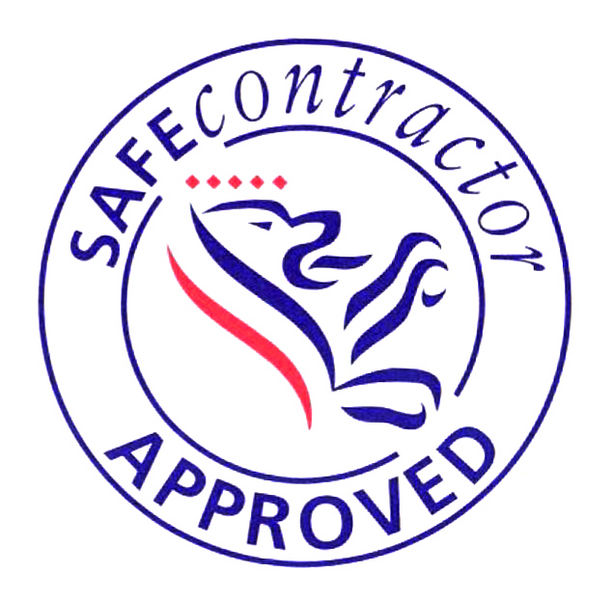Falling Cost of Land Affects Residential Property Market
The latest land index shows that the value of land for residential development is falling. This decrease is the first time the value has dropped in over two years.
The most recent land index released by Knight Frank highlights that in the first quarter of this year the cost decreased by 1.8%. Over several quarters the rise in the price of land has been slowing, and this has now resulted in a decline. This steady growth had been ongoing since December 2012, and this is the first quarter since that point that the value has dropped.
With the more positive economic outlook, developers had been looking to acquire land over the past couple of years. Following the recession, when fewer developments were started, companies needed to replenish their stocks and start constructing more properties to meet the shortfall in the housing chain.
Strategic Acquisitions
Developers have been particularly interested in strategic land, and those sites that are ideally placed and are ready for construction to commence are still attractive to developers. However, there is now less demand for consented land. The bigger developers have been looking more favourably at strategic land purchases, as there is the possibility to make larger margins here. They have the available cash flow to make these purchases and want to target their funds at the best opportunities. This gives them the possibility of creating the right properties for buyers, whether they are town houses or detached homes with an iron balcony railing.
Political Impact
There is likely to be a short-term lull in development proceedings as the sector adjusts following the general election. All areas of the housing market typically decline during this period, as nobody wants to make too many moves until they know exactly what the state of affairs is. As with the overall housing sector, some decisions are being deferred until developers can see who is in power and the policies that they intend to introduce. There are numerous proposals in place from the different political parties. All of them are looking to support the housing industry in some manner and increase the pool of available properties. This ranges from more support for smaller developers through to funds for the regeneration of brown field sites.
Increased Material and Labour Costs
The cost of labour and materials has also had an impact on the value of land. The rising price of materials has been affecting the market for a number of successive quarters, which then puts more pressure on margins. With the shortage of skilled labour, the price of available workers is increasing as developers compete for those with the right experience.
With all these factors affecting the cost of residential development land, we will have to wait and see how long this decline is sustained. Developers are likely to continue with their strategic plans, helping to create the right development opportunities that enable them to construct properties that sell quickly - whether that's a compact apartment or a large family home with an iron balcony railing.







